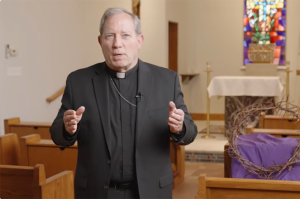How Mayan Calendar Works: What December 21, 2012 Really Marks (PHOTO)
The Mayans used three different calendars. It is the long count calendar, the last cycle which ends on Dec. 21, that has many people worrying about the end of the world. But just how does the calendar work?
The Mayan long count calendar is broken down into 13 different name days, each name correlates with a number. So for instance the number "1" is the first day, which is named Imix'. The days names are symbolized by images called "glyphs."
On the 14th day, the numbers reset and go back to one, but the images change and the 14th glyph begins. This rotating pattern creates 260 different combinations, which is the number of days that the Long Count Mayan calendar existed.
"Think of two interlocking gears, with the 13 numerals spaced around a smaller circular gear that fits inside of the larger gear of day names denoted in hieroglyphics," HowStuffWorks.com explained. "If you lock those gears together at the number one and the day name Imix', then rotate the gears until you reach one and Imix' again, you'll get 260 unique days. Those gears spin until the final combination clicks into place at 13 Ajaw, marking the end of the year."
For a demonstration of the moving grid, click here.
The second Mayan calendar was the Tzolk'in, which also counted every 260 days and denoted important spiritual events. The last, the Haab' which counted 365 days but did not account for the quarter of a day that it takes the earth to revolve around the sun.
After understanding how the long count calendar works, it is easier then to explain why the calendar worked in cycles, which means that despite the fact that Dec. 21 is the last marking period, it does not mean doomsday as many have come to suspect.
Not even the Mayans would have seen Dec. 21, 2012 as doomsday, according to Live Science. Thursday marks the end of the 13th b'ak'tun of the ancient Maya Long Count Calendar, it is the last cycle that was marked by the Mayans but, according to a Live Science report, the "Maya were well-prepared to record thousands upon thousands of years of time."
The end of a cycle for the Mayans, would have meant the beginning of a new cycle and not the end of the world, according to some scientists.




























